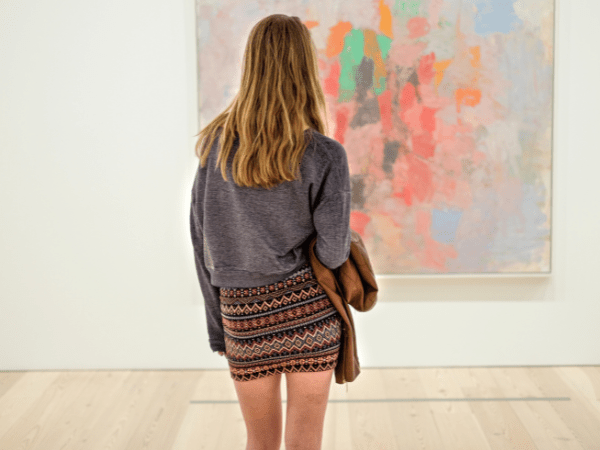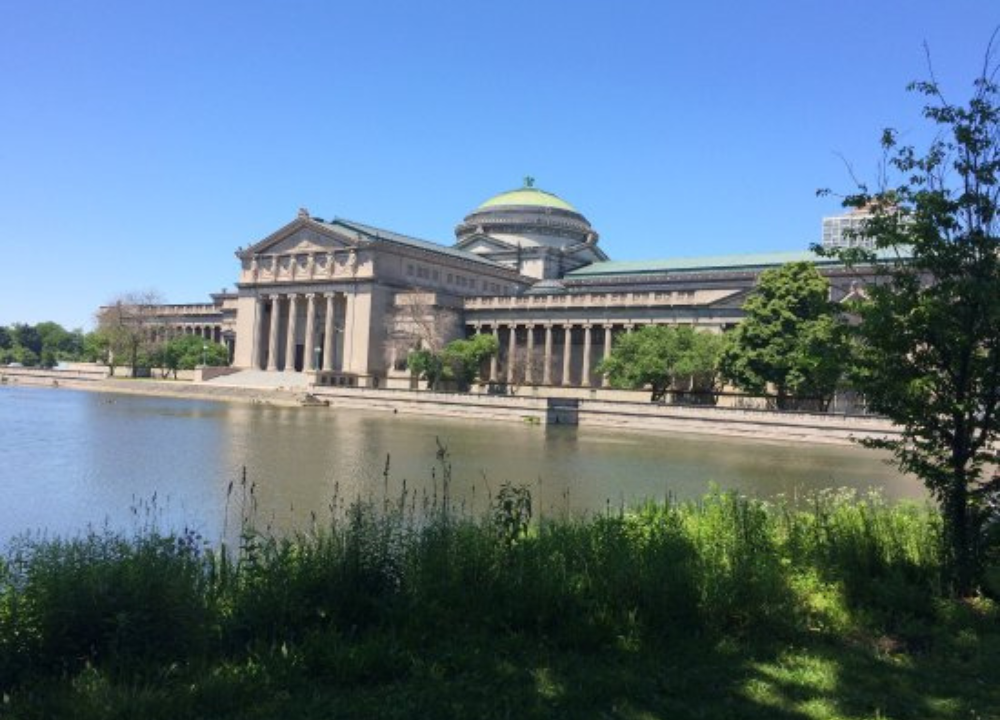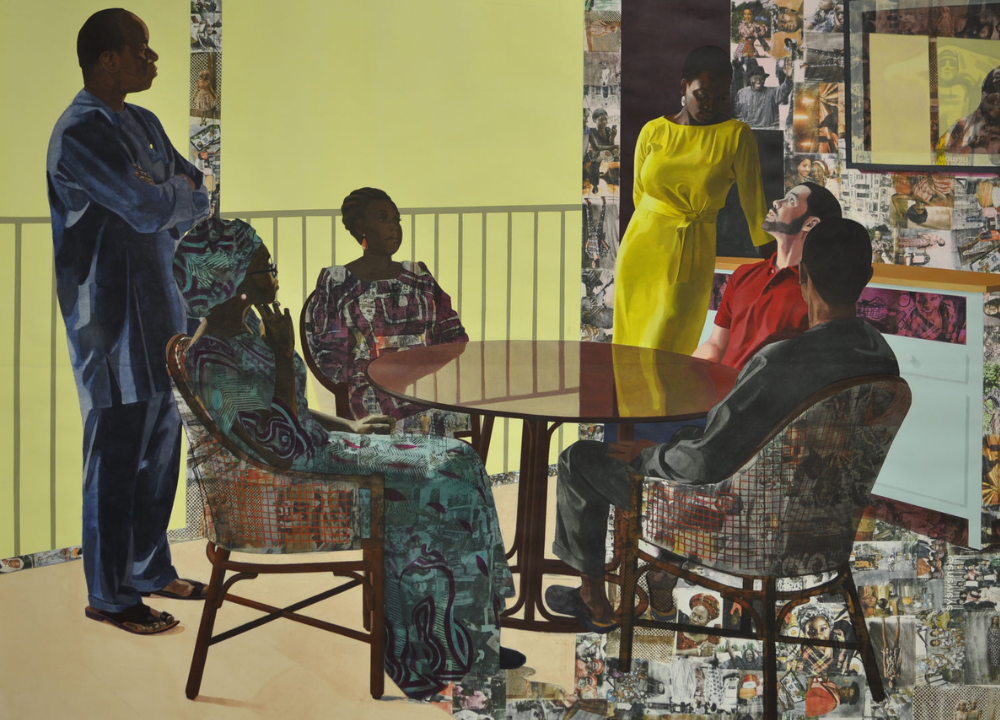Have you ever wondered how galleries select the artists they showcase? The process is more intricate than you might think.
Behind every exhibition lies a careful planning phase, where decisions shape not just the art on display, but also the stories told through those works. You’ll get an insider’s look at how galleries choose their artists.
The Selection Process
Galleries play a crucial role in the art world. They showcase artists and their works to the public. Understanding how galleries choose artists reveals much about the art selection process. This process is a combination of creativity, strategy, and careful consideration.
The Criteria For Selection
Galleries use specific criteria to choose artists. Key factors include:
- Artistic Style: The style must fit the gallery’s theme.
- Technical Skill: High skill levels in technique are essential.
- Originality: Unique perspectives attract gallery interest.
- Market Trends: Galleries consider current art trends.
- Artist’s Background: Education and experience can influence selection.
The Application Process
Artists often need to submit applications. This process usually includes:
- Portfolio Submission: A collection of the artist’s best work.
- Artist Statement: A description of the artist’s vision and goals.
- Resume: A summary of the artist’s experience and achievements.
Some galleries hold open calls for submissions. This allows many artists to apply at once.
The Review Process
Once applications are in, galleries begin the review process. This includes:
- Initial Screening: Staff reviews portfolios and statements.
- Discussion: Team members discuss potential artists.
- Interviews: Some artists may be invited for interviews.
Galleries aim to create a diverse and dynamic exhibition. Each decision affects the overall feel of the show.
The Final Decision
The final decision is often collaborative. Gallery directors and curators weigh in. Important factors include:
- Exhibition Space: How the art will fit in the gallery.
- Audience Appeal: Will the art attract visitors?
- Sales Potential: Will the art sell well?
Once decisions are made, artists are contacted. Successful artists receive invitations to exhibit.

Criteria For Artists
This selection process involves various factors. Each gallery has its own unique approach. However, certain common criteria guide their choices.
Artistic Quality
Artistic quality is vital for galleries. They seek work that captivates and engages viewers. Key aspects include:
- Creativity: Original ideas and unique expressions matter.
- Technical Skill: Mastery of techniques shows the artist’s dedication.
- Emotional Impact: Art should evoke feelings and provoke thoughts.
Galleries often evaluate artistic quality through:
| Criteria | Description |
|---|---|
| Portfolio Review | Artists submit their best works for evaluation. |
| Exhibition History | Previous shows can indicate an artist’s reputation. |
| Peer Reviews | Feedback from other artists and critics adds credibility. |
Galleries want art that stands out. They look for pieces that inspire conversation and reflection. This artistic quality helps attract visitors and buyers.
Professional Background
The professional background of an artist is significant. It tells galleries about the artist’s journey. Important factors include:
- Education: Formal training can enhance credibility.
- Exhibitions: Previous exhibitions show experience and exposure.
- Awards: Recognition can boost an artist’s reputation.
Galleries often assess professional backgrounds by:
- Reviewing resumes and CVs.
- Checking online portfolios and social media.
- Contacting references or mentors.
Artists with a strong professional background are more appealing. It indicates commitment and seriousness about their work. Galleries prefer artists who have established themselves in the art community.
Market Trends
Market trends influence gallery selections. They help galleries stay relevant and attract buyers. Key considerations include:
- Current Styles: Trends in color, form, and medium matter.
- Audience Preferences: Understanding what buyers want is crucial.
- Pricing: Artists must have works that fit market expectations.
Galleries often analyze market trends by:
| Method | Description |
|---|---|
| Market Research | Studying sales data and buyer behavior. |
| Trend Reports | Reading industry publications and reports. |
| Social Media Monitoring | Observing popular art styles and discussions online. |
Staying informed about market trends helps galleries choose artists wisely. It ensures that they showcase works that resonate with audiences. This strategy enhances the gallery’s success.
Role Of Curators
Galleries play a crucial role in the art world. They showcase artists and their works. Curators are key in this process. They select artists and plan exhibitions. Their choices shape the gallery’s identity. Understanding the role of curators helps us see the behind-the-scenes work of exhibition planning.
Curatorial Vision
A curator’s vision is essential. It guides the selection of artists and artworks. This vision reflects the gallery’s mission and goals. Curators often focus on themes that resonate with audiences. They think about trends, cultural significance, and artistic innovation.
Key elements of curatorial vision include:
- Theme: Each exhibition usually has a central theme. This can be historical, cultural, or emotional.
- Medium: Curators might choose specific art forms. This can include painting, sculpture, or multimedia.
- Audience: Understanding the audience helps curators craft engaging experiences.
Here’s a simple table outlining common curatorial themes:
| Theme | Description |
|---|---|
| Identity | Explores personal and cultural identity. |
| Nature | Focuses on the relationship between humans and nature. |
| Technology | Examines the impact of technology on art and society. |
Artist Relationships
Building relationships with artists is vital for curators. Trust and communication lead to successful exhibitions. Curators often visit studios and attend art fairs. They look for new talent and unique perspectives.
Good relationships help in various ways:
- Collaboration: Curators can work closely with artists on projects.
- Support: They provide artists with guidance and feedback.
- Promotion: Curators help promote an artist’s work to wider audiences.
Many curators keep a list of artists they admire. This list can include:
- Emerging artists
- Established names
- Artists from diverse backgrounds
Networking
Networking is a key part of a curator’s job. It helps them find artists and share ideas. Curators often attend gallery openings, exhibitions, and art fairs. These events are great for meeting other professionals.
Effective networking can lead to:
- Partnerships: Collaborating with other galleries and organizations.
- Opportunities: Discovering new artists and trends.
- Resources: Accessing funding or sponsorship for exhibitions.
Networking can be informal or formal. Some curators join art associations or groups. These connections enhance their knowledge and visibility in the art community.
Exhibition Themes
Galleries carefully choose artists based on various factors. One key factor is the exhibition theme. Themes guide the selection process. They create a cohesive experience for visitors.
Seasonal Trends
Seasonal trends play a big role in shaping exhibition themes. Galleries often align their exhibits with the changing seasons. This connection can draw more visitors. Themes can reflect the beauty of nature or the spirit of holidays. Here are some common seasonal themes:
- Spring: Renewal and growth.
- Summer: Vibrant colors and outdoor scenes.
- Fall: Warm tones and harvest.
- Winter: Reflection and coziness.
Galleries may also look at current trends in society. For example, if there is a rise in environmental awareness, a gallery may focus on nature-themed art in spring. This approach attracts visitors interested in these topics.
| Season | Theme | Artist Focus |
|---|---|---|
| Spring | Renewal | Nature artists |
| Summer | Vibrancy | Outdoor scenes |
| Fall | Harvest | Warm colors |
| Winter | Reflection | Cozy scenes |
Cultural Relevance
Cultural relevance is another important factor in exhibition themes. Galleries aim to reflect the values and issues of the time. Artists create work that speaks to current events or cultural movements. This connection creates a deeper experience for visitors. Here are some ways galleries incorporate cultural relevance:
- Highlighting social issues
- Celebrating cultural heritage
- Addressing global challenges
For example, a gallery might showcase artists who address climate change. This theme resonates with many people today. It encourages discussions and raises awareness. By focusing on cultural relevance, galleries attract visitors who want to engage with important topics.
Audience Engagement
Engaging the audience is crucial for galleries. Themes must connect with the visitors. Galleries often research their audience’s interests. This research helps them choose themes that resonate. Here are some strategies galleries use for audience engagement:
- Interactive exhibits
- Workshops and events
- Artist talks and Q&A sessions
For instance, a gallery may host a workshop related to the exhibition theme. This invites visitors to participate actively. It fosters a connection between the audience and the artwork. Engaging themes can lead to a lasting impact.
Logistics And Planning
Logistics and planning are key to a successful show. This involves careful consideration of space, budget, and timeline. Each factor influences how galleries choose artists and present their work.
Space Considerations
Space is one of the first things galleries think about. The size and layout of the gallery can impact the entire exhibition. Each piece of art needs the right setting. It should be displayed in a way that enhances its beauty. Factors to consider include:
- Size of the artwork
- Number of pieces to display
- Flow of visitor traffic
- Lighting and ambiance
Galleries often create a floor plan. This helps visualize the placement of each piece. A well-planned layout improves the viewer’s experience. Below is a simple table showing common gallery space types and their characteristics:
| Gallery Type | Characteristics |
|---|---|
| Traditional | Rectangular layout, high ceilings, open space |
| Alternative | Non-standard shapes, unique features, intimate settings |
| Outdoor | Natural light, environmental elements, larger crowd capacity |
Choosing the right space can make or break an exhibition. It sets the stage for how art is experienced.
Budget Constraints
Every gallery has a budget. This budget controls many aspects of the exhibition. It determines which artists can be featured. Financial planning is essential for success. Important budget considerations include:
- Artist fees
- Insurance costs
- Marketing expenses
- Installation and dismantling costs
Galleries often prioritize spending. They may allocate funds based on expected returns. A well-planned budget helps prevent overspending. Below is a sample budget breakdown for an exhibition:
| Expense Type | Estimated Cost |
|---|---|
| Artist Fees | $5,000 |
| Marketing | $2,000 |
| Installation | $1,500 |
| Insurance | $500 |
Galleries must stay within budget. This allows them to invest in future exhibitions.
Timeline Management
Time is a crucial element in exhibition planning. Galleries must manage timelines effectively. A well-structured timeline keeps everything on track. Important timeline factors include:
- Submission deadlines for artists
- Installation dates
- Opening reception dates
- Marketing timelines
Galleries often use project management tools. These tools help track progress and deadlines. Below is a sample timeline for an exhibition:
| Task | Deadline |
|---|---|
| Artist Selection | 3 months before |
| Artwork Submission | 2 months before |
| Installation | 1 week before |
| Opening Reception | On the day of |
Effective timeline management leads to smooth openings. It ensures every detail is handled on time.




